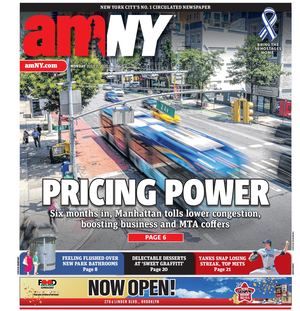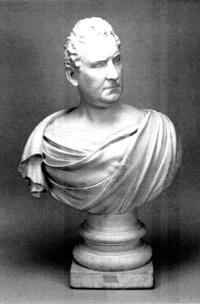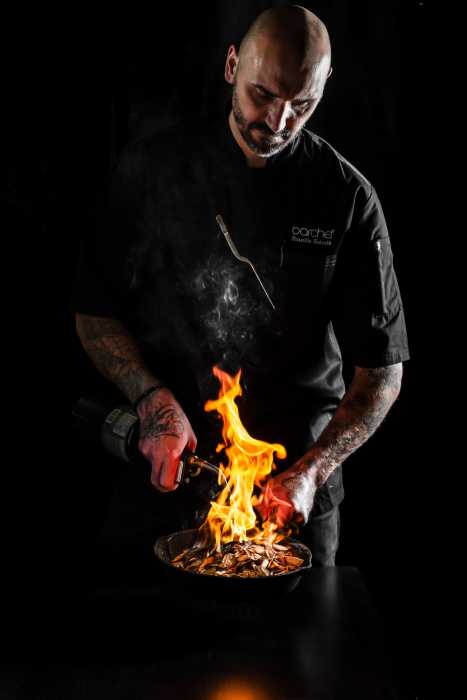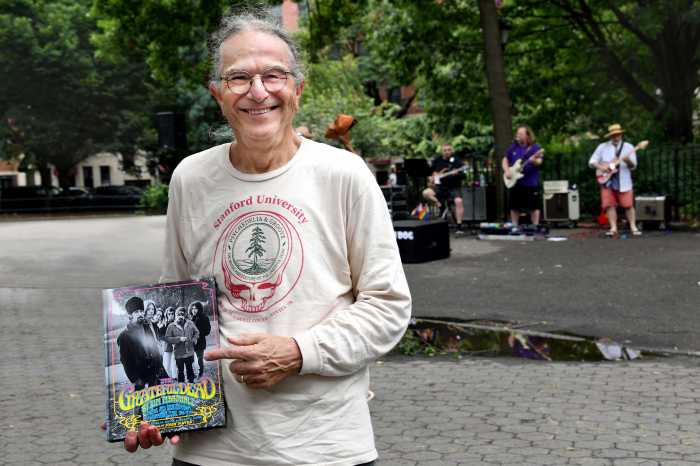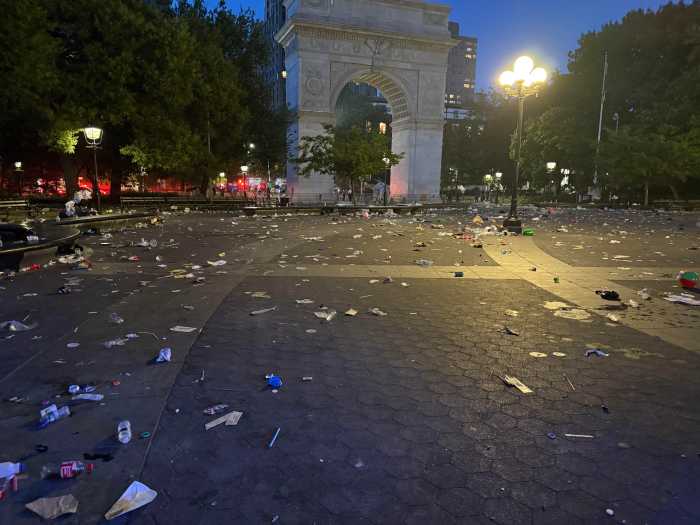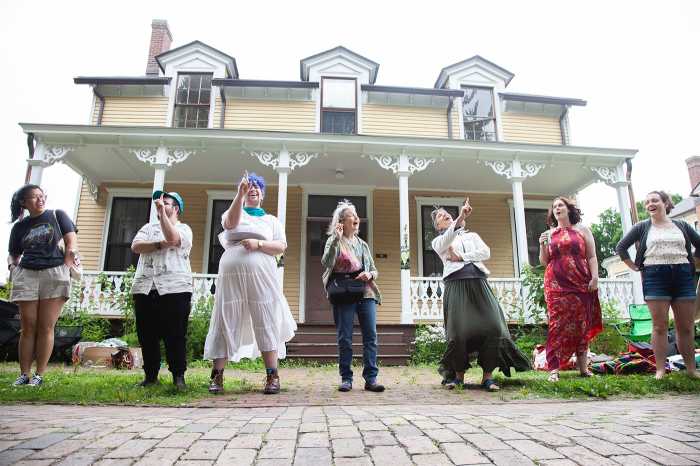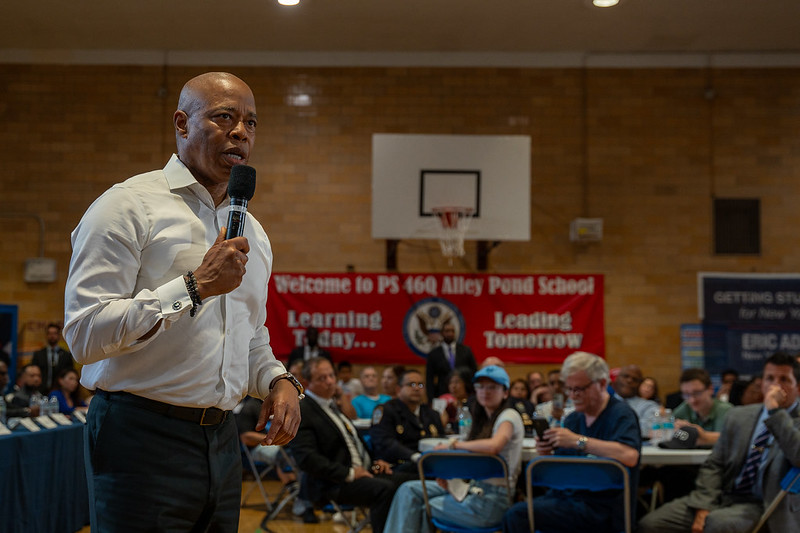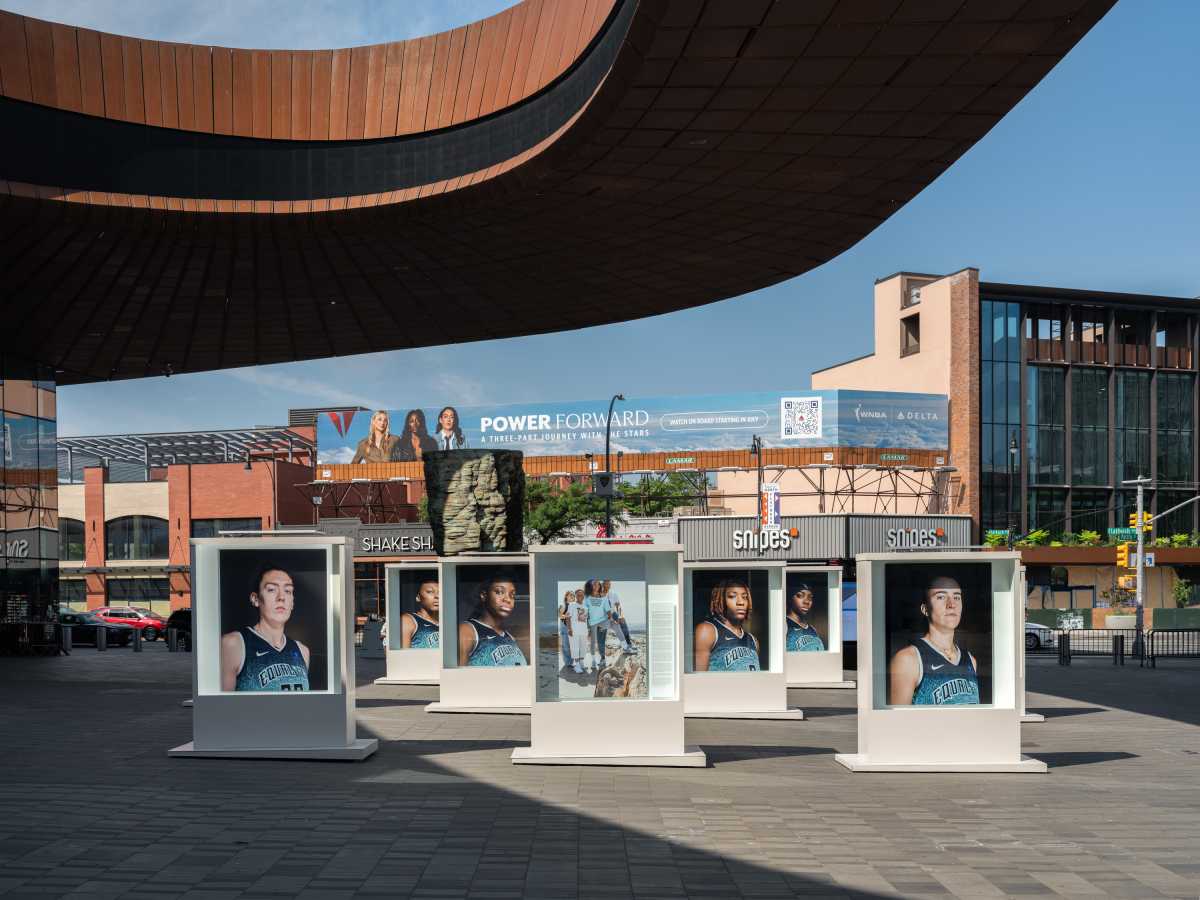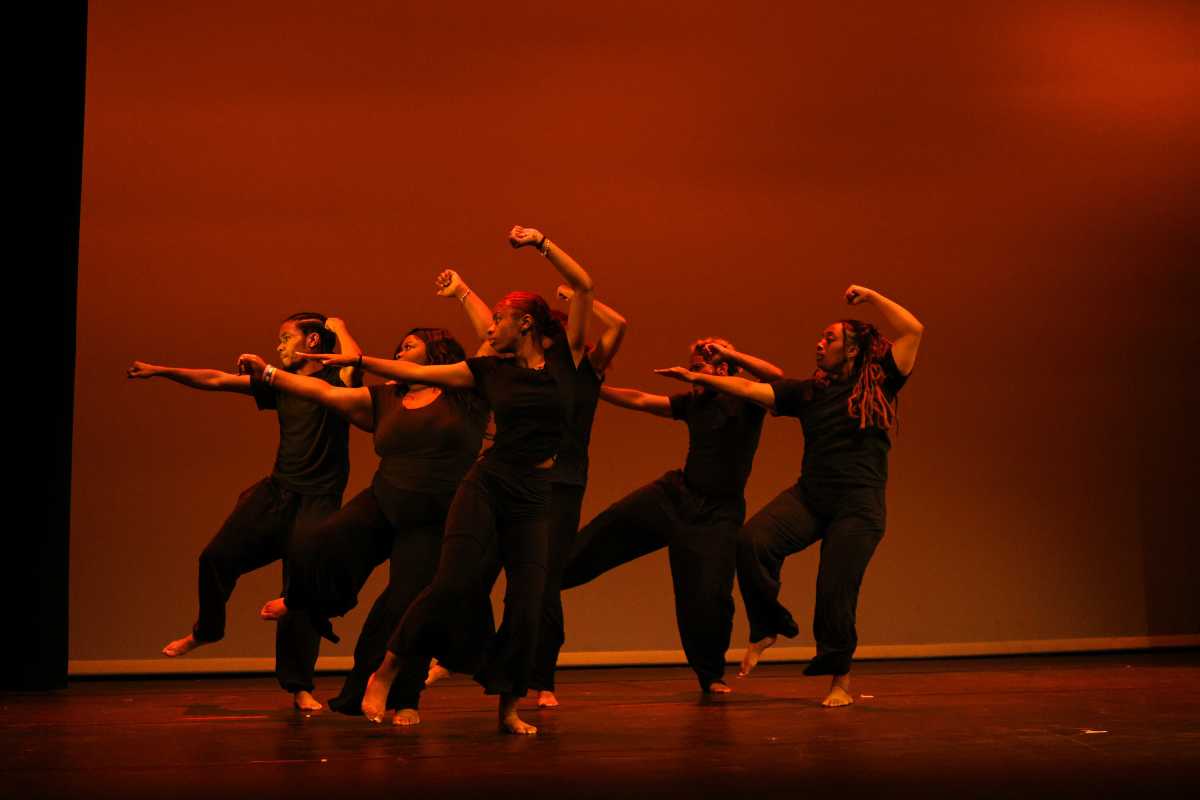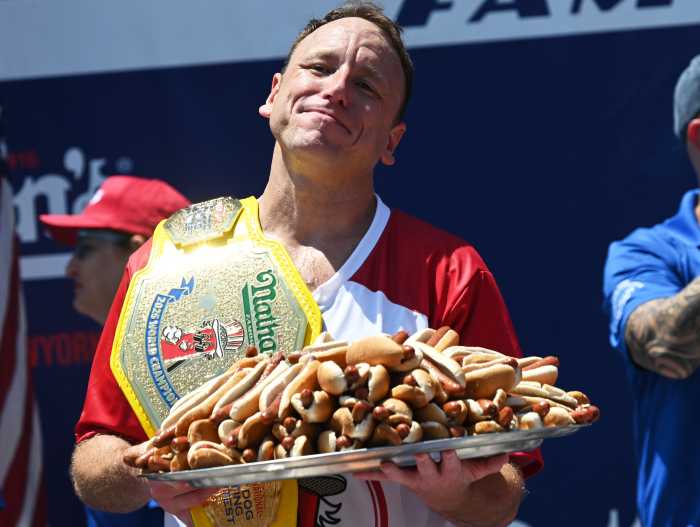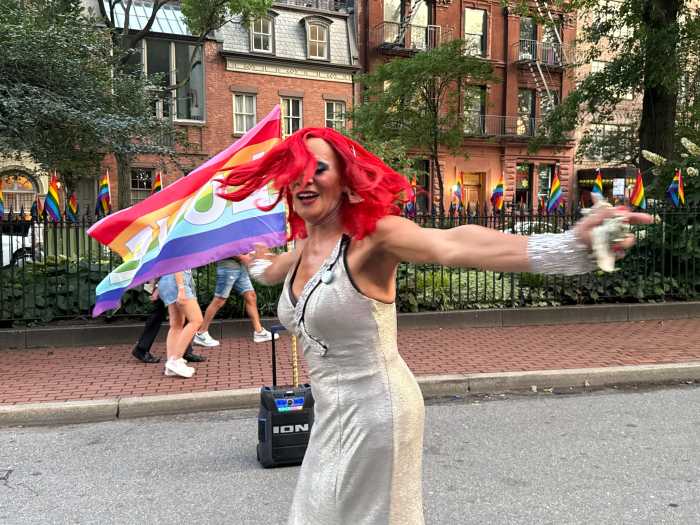By Luther S. Harris
Statues of three individuals currently occupy Washington Sq. — George Washington, Giuseppe Garibaldi and Alexander Holley — none of whom had anything to do with the place. Washington’s name was co-opted for the square by Mayor Philip Hone and the Common Council in the 1820s to boost real-estate values around the square. Garibaldi had nothing to do with the square, however his name relates to the Italian neighborhood south of the square. Holley, the most inappropriate statue, was first proposed in the late 1880s for Central Park, the Fifth Ave. of statuary. But the Central Park commissioners, ignorant of Holley’s significance, relegated his monument to a backwater, which the square then was.
Washington Sq.’s upcoming renovation provides a unique opportunity to set things right. I propose a heroic, full-figured bronze statue of Philip Hone on a granite pedestal in the western plaza, commensurate with the Garibaldi monument. Hone, the father of Washington Sq. and a great exemplar of commercial enterprise, philanthropy, public spirit and culture, could be the focus of plaques and a history kiosk that for once could tell the amazing true story of the square. For the multitudes who visit the square for its historical associations there would be something for them, and area children would get loads of ideas for school projects.
Fortunately, we know what Hone looked like. He was the subject of at least eight painted portraits and three portrait busts. One of the busts was taken from a life mask of Hone in 1827, the year his square was being built. The proposed sculptor is Neil Estern, who sculpted the LaGuardia statue on LaGuardia Pl. and the F.D.R. memorial in Washington, D.C. Hone’s granite base will be far more impervious to urine and graffiti than the fragile limestone base of the Holley monument there now. Private funds will pay for the Hone monument and its maintenance.
Holley could be moved (it’s being moved anyway) to the square’s northeastern corner, where, well off the beaten path, it could be better protected. There, it could at least inspire N.Y.U.’s new science students. (Holley was an engineer and entrepreneur.) Better yet, Holley could be given to Cooper Union — Holley was a colleague of Peter Cooper — in conjunction with the school’s new engineering building. The latter would free the Parks Department and the community from the conservation headache of the Holley statue. And the large amount of money needed for restoring the statue’s limestone base would be better spent by Parks on facilities for grownups, children and dogs.
Washington Sq. is, of course, far too small to accommodate monuments to the hundreds of greats and near-greats who once frequented the place. However, we can at least accommodate the most appropriate individual — Philip Hone — who deserves a statue in the square if anyone does.
An 1827 bust of Mayor Philip Hone by J.H.I. Browere.
